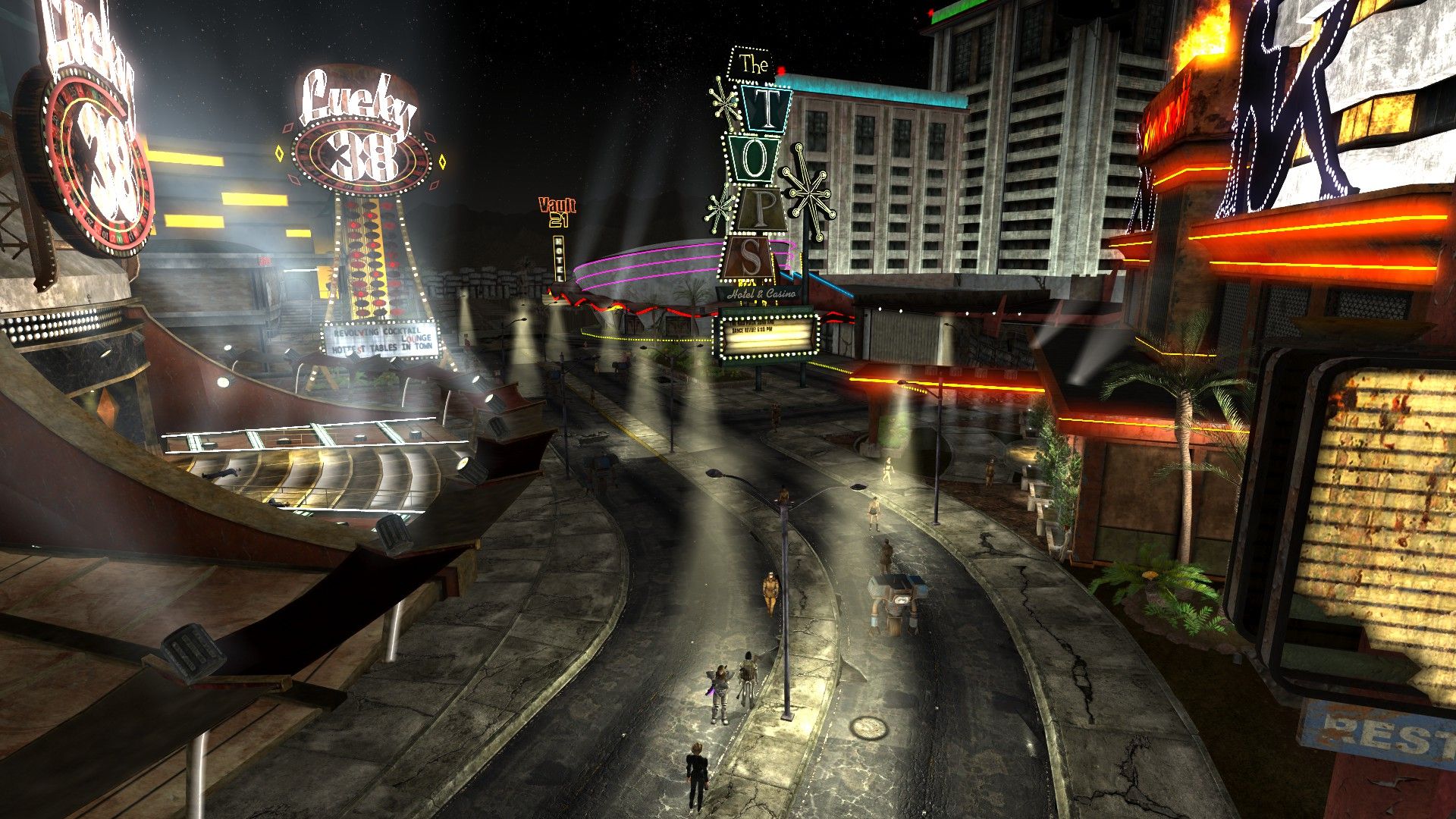
The Ultimate Gamechanger: How Fallout 5 Can Revolutionize with New Vegas' Best Feature

Fallout 5: Revitalizing the Wasteland with New Vegas' Brilliance Discover why Fallout 5 should embrace the unforgettable essence of Obsidian's beloved Fallout: New Vegas, breathing new life into its immersive and captivating post-apocalyptic world
Despite being over a decade old, Fallout: New Vegas remains the most popular game in the franchise, with its engine still being utilized for expansion-sized mods. Recently, a gameplay trailer for Fallout: Nuevo Mexico was released, showcasing how fans continue to build upon the elements that made Obsidian's original game so successful while also introducing fresh perspectives to the series' narrative.
These fan projects comprise the majority of new experiences that players can enjoy within the Fallout universe, as Bethesda is currently focused on completing Starfield and developing The Elder Scrolls 6. By the time Fallout 5 is announced, Fallout: New Vegas will likely have reached the 20-year mark, but there are numerous concepts that the game can draw upon from its predecessor.
Fallout 5 Should Breathe Some Life into its World
If Fallout 5 takes place after Fallout 4, it should depict significant progress in the recovery of civilization from the devastation caused by the Great War. A noticeable contrast between Fallout games set on the West Coast and those on the East Coast is the emergence of settlements in the West long after the apocalypse, with one side adapting more successfully than the other.
The Fallout games set in New California have demonstrated the emergence of a semblance of society, marked by the existence of functioning armies and economies. The second installment, in particular, showcases the growth of new cities alongside existing ones. Fallout: New Vegas further develops this trend by depicting various factions exerting influence over multiple states. The New California Republic and Caesar's Legion have established numerous bases throughout the neutral zone of the Mojave Wasteland, with the former even maintaining an embassy in New Vegas.
Despite having well-equipped armies, there are still concerns regarding radiation, mutated creatures, and raiders. However, there is visible progress in society's resurgence after 200 years. This progress, however, is not as significant on the East Coast compared to its West Coast counterparts. While signs of life can be found in settlements, the majority of people reside in makeshift homes rather than the apartments and houses commonly seen in California or Nevada.
Within the Fallout games developed by Bethesda, Diamond City from Fallout 4 can be considered the closest representation of a stable society. However, even it pales in comparison to the settlements depicted in Fallout 2. This discrepancy is understandable as locations like Boston and Washington D.C. endured greater devastation from the bombs compared to California and Nevada. Nonetheless, given the trajectory of Fallout 3 and Fallout 4's narratives, the next game in the series set on the East Coast should exhibit similar signs of life as its West Coast counterparts.
The potential for a healing world is evident in both titles, with the Capital Wasteland benefiting from clean water and increased protection from the Brotherhood of Steel. It is likely that the technological advancements discovered in the Institute from Fallout 4 will eventually reach the outside world, regardless of its destruction or preservation.
To effectively showcase how the actions of previous protagonists have greatly improved the world, it would make the most sense for Fallout 5 to be set several decades, if not a century, in the future. This time gap would not only reward returning players, as it would feel like their characters have played a pivotal role in shifting the world in a new direction, but it would also introduce a new setting and allow for a level of ambiguity in specific actions. While Fallout is known for its portrayal of post-apocalyptic dangers, one of its most impactful messages across multiple games is the resilience of humanity, even in the most dire of times.
Fallout: New Vegas is out now for PC, PS3, and Xbox 360.







